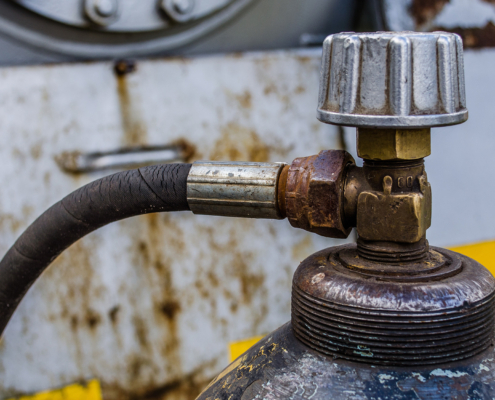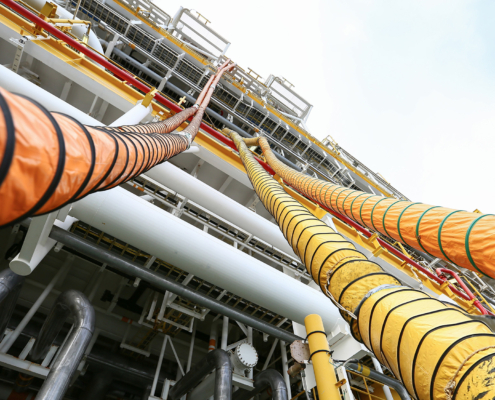MIG vs. TIG Welding: Key Differences
Understanding the difference between MIG vs. TIG welding can significantly impact the quality and efficiency of your projects. In this comprehensive guide, we’ll break down the advantages, challenges, and ideal applications to help you choose the right process for your specific needs.












